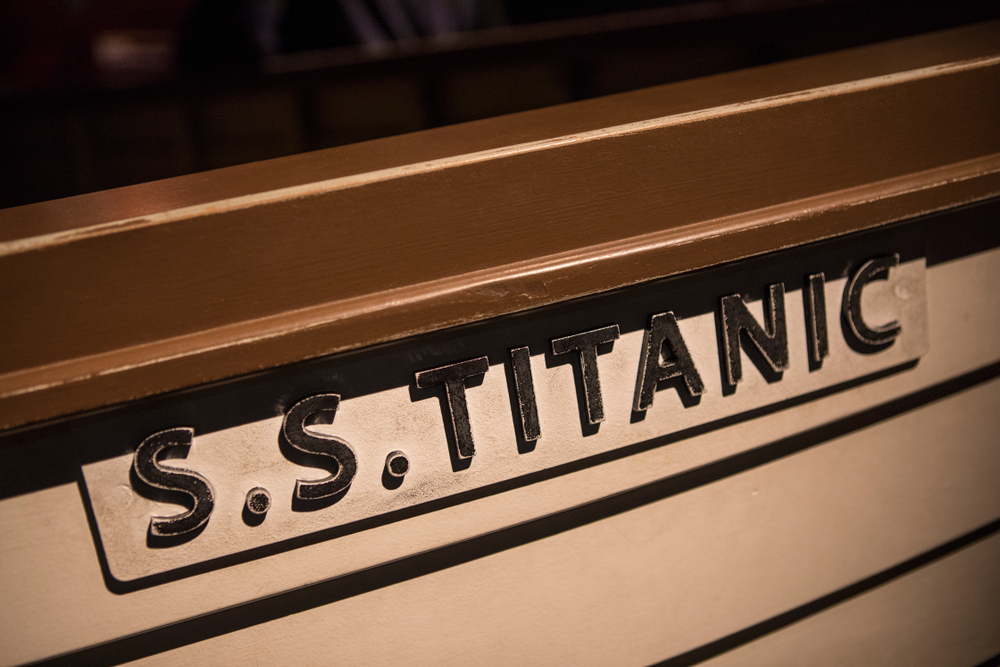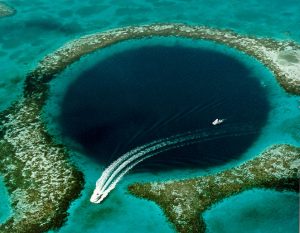New 3D model reveals untold details about the ship’s final hours
Others are reading now
A newly released digital reconstruction of the Titanic has offered fresh insights into the final hours of the ill-fated vessel.
The high-resolution 3D model, created from over 700,000 images, shows in striking detail how the ship split violently in two as it sank to the bottom of the Atlantic Ocean in 1912 — and just how narrowly it missed survival.
As reported by Digi24, researchers found that the iceberg only tore small gashes in the ship’s hull — some no bigger than a sheet of A4 paper.
Yet, these small ruptures were spread across a long section of the vessel, puncturing six watertight compartments. Titanic was designed to stay afloat with up to four flooded, but six proved fatal.
Also read
Heroic engineers and a final act of defiance
The new analysis supports survivor accounts that the ship’s engineers worked until the final minutes to keep power running. Their actions kept the lights on as lifeboats were launched, potentially saving hundreds of lives.
Joseph Bell and his engineering crew reportedly stayed in the engine room, feeding coal into the furnaces to power the ship’s generators.
Digital scans show concave boiler shapes, consistent with prolonged operation until the last possible moment. “They kept the lights on so lifeboats could be launched safely — not in complete darkness,” explained Titanic researcher Parks Stephenson.
Titanic’s damage was more subtle than previously believed
The latest comput
simulations suggest the Titanic did not strike the iceberg head-on. Instead, the hull exhibits a line of small, precise gashes along one side.
This detail reinforces the theory that the iceberg impact was glancing, yet sufficient to gradually overwhelm the ship’s defences.
Titanic was meant to be unsinkable, able to withstand breaches in four compartments. But with six compromised, water infiltrated slowly but steadily, dooming the vessel.
Naval architecture expert Simon Benson emphasized that the size of the punctures wasn’t the issue — their distribution was.
A digital resurrection of a century-old mystery
The Titanic wreck lies 3,800 meters beneath the North Atlantic. The newly completed 3D model — the first of its kind — was made using underwater drones, capturing both the intact bow and the mangled stern, which crashed into the seabed after the ship broke apart.
Stephenson likens the reconstruction to a crime scene investigation. “It gives us evidence in context. The wreck still holds secrets,” he said, noting that it may take years to study the full scope of the digital dataset.
With each new layer of detail, Titanic’s legacy grows deeper. More than a century after it sank, the ship continues to reveal new dimensions of its story — and just how close it came to avoiding disaster.








